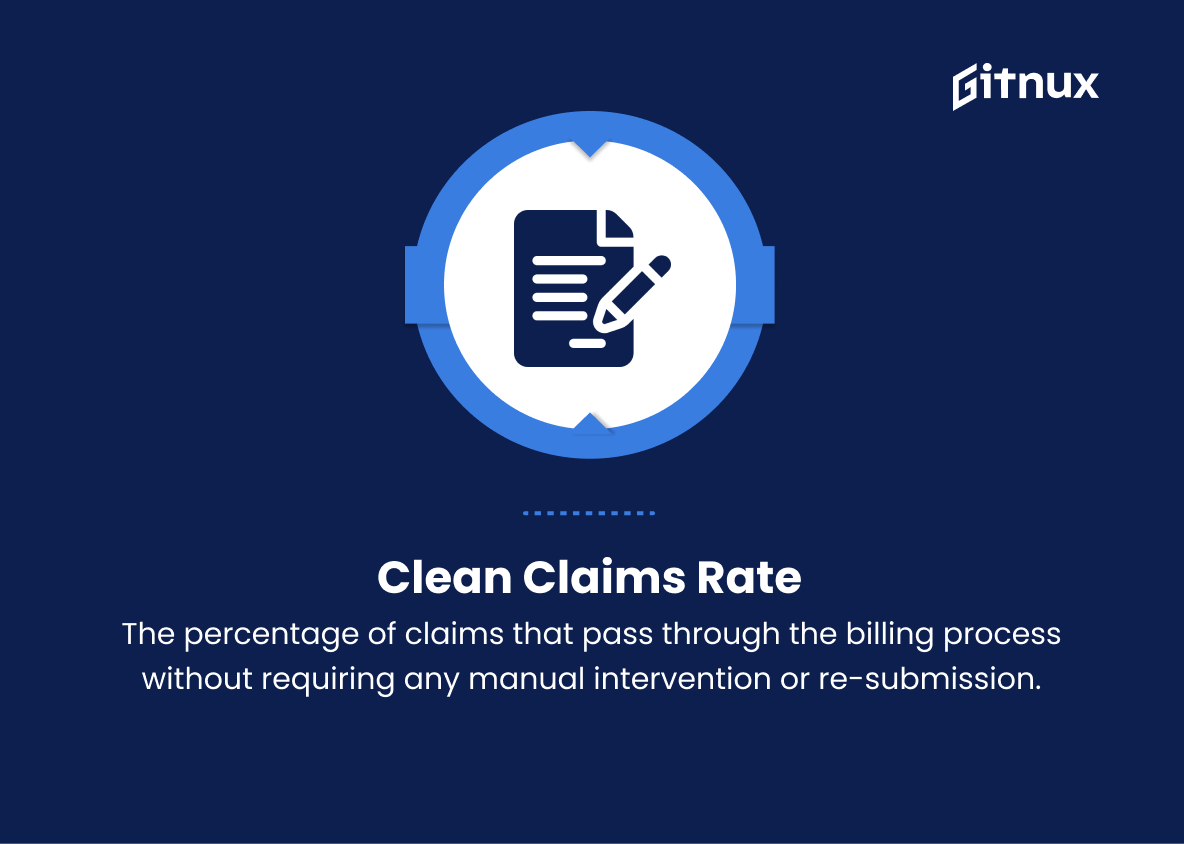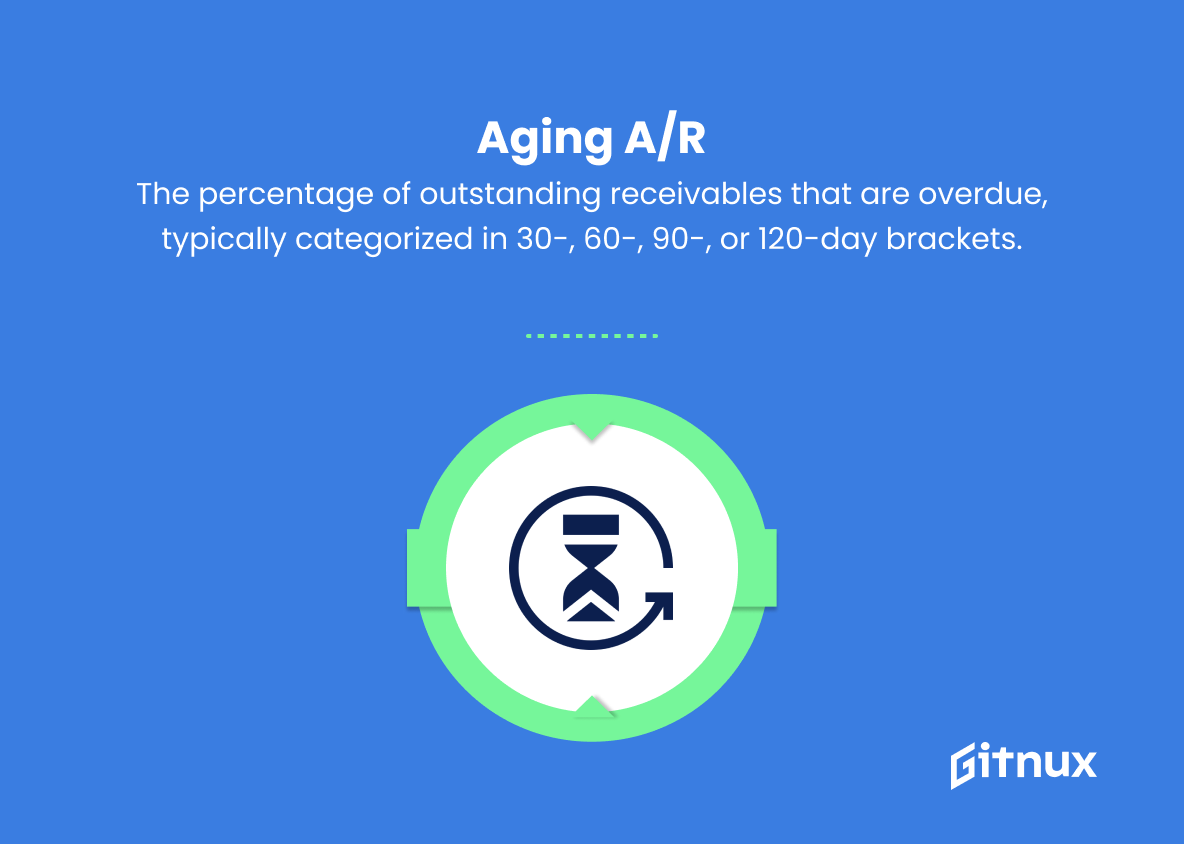In today’s rapidly evolving healthcare landscape, medical billing has become more complex and crucial than ever before. As healthcare organizations strive to improve patient care and maintain financial stability, measuring and evaluating the performance of their medical billing operations becomes imperative. This blog post delves into the world of Medical Billing Performance Metrics – the quantifiable indicators that provide insights into the efficiency, productivity, and accuracy of a medical billing process.
These essential parameters enable healthcare providers and billing professionals to make informed decisions, identify areas of improvement, and ultimately, enhance revenue cycle management. In the following discussion, we will dissect key performance metrics, explore their significance, and learn how they can be leveraged to optimize medical billing processes and drive sustainable growth for healthcare organizations.
Medical Billing Performance Metrics You Should Know
1. Clean Claims Rate
The percentage of claims that pass through the billing process without requiring any manual intervention or re-submission. Higher clean claim rates indicate a more efficient billing process.
2. First Pass Resolution Rate
The percentage of claims that are paid on their first submission without any denials or rejections. A high first pass resolution rate indicates efficient claim processing and fewer administrative burdens.
3. Denial Rate
The percentage of claims that are denied or rejected by the payer. A low denial rate indicates a high level of claims accuracy and compliance with payer requirements.
4. Days in Accounts Receivable (A/R)
The average number of days it takes for a practice to collect payment from a payer. A lower number indicates faster collections and better cash flow.
5. Collection Rate
The percentage of billed charges that are collected by the practice. A higher collection rate indicates a more effective billing and collections process.
6. Aging A/R
The percentage of outstanding receivables that are overdue, typically categorized in 30-, 60-, 90-, or 120-day brackets. A lower aging A/R percentage signifies better debt management and timely payments.
7. Credit Balance Percentage
The percentage of credit balances in comparison to total A/R. Ongoing monitoring of credit balances, including refunds, is essential for accurate financial management and compliance.
8. Net Collection Ratio
The ratio of actual payments received to the total amount of payments expected, showing how much revenue a practice collects out of the amount it is contracted to receive. The closer the ratio is to 100%, the more efficiently a practice is collecting revenue.
9. Claim Turnaround Time
The average time it takes for a submitted claim to be paid by the payer. A shorter claim turnaround time indicates a smoother billing process and better cash flow management.
10. Payer Mix
The mix of different insurance payers that contribute to a practice’s revenue. Understanding payer mix can help identify high and low performing payers and assist in negotiating contracts or identifying areas of potential revenue improvement.
11. Patient Financial Responsibility Rate
The percentage of total practice revenue that comes from patient payments, such as copays, deductibles, and self-pay. A high rate signifies effective patient collections and clear financial communication with patients.
12. Unbilled Claims
The value of claims that have not yet been submitted to payers due to errors, incomplete information, or other issues. A low value of unbilled claims indicates an efficient billing process with minimal delays.
13. Underpayments
The difference between the contracted rate and the amount actually paid by the payer. Monitoring underpayments can help identify areas of potential revenue improvement and possible payer discrepancies.
Medical Billing Performance Metrics Explained
Medical Billing Performance Metrics are crucial for ensuring a smooth and efficient billing process, as well as maximizing the financial success of a healthcare practice. Metrics such as Clean Claims Rate and First Pass Resolution Rate directly reflect the effectiveness of a billing process and its ability to process claims without errors or rejections, leading to faster reimbursements. Denial Rate and Days in A/R allow for the evaluation of a practice’s accuracy and compliance with payer requirements, while ensuring timely collections and improved cash flow.
The Collection Rate, Aging A/R, and Credit Balance Percentage help in assessing the efficiency of the collection and debt management system, identifying any potential areas of financial improvement or payer discrepancies. Net Collection Ratio and Claim Turnaround Time showcase the practice’s revenue collection efficiency as well as its capability to manage cash flow effectively. Payer Mix, Patient Financial Responsibility Rate, Unbilled Claims, and Underpayments are essential metrics to monitor to optimize the overall revenue cycle management, identify high and low-performing payers, and improve patient financial communication.
Collectively, these metrics provide vital insights into the financial health of a healthcare practice and inform data-driven decision-making for maximizing revenue and streamlining operations.
Conclusion
In summary, medical billing performance metrics play a crucial role in determining the efficiency and effectiveness of a healthcare organization’s revenue cycle management process. By carefully monitoring key performance indicators such as collection rate, claim denial rate, and average days in accounts receivable, decision-makers can identify strengths, weaknesses, and areas for improvement within their billing department. Ultimately, a well-maintained and optimized medical billing process translates into increased financial stability for healthcare organizations and improved patient satisfaction.
As the healthcare landscape continues to evolve, healthcare providers and administrators must ensure that they are leveraging these metrics to maintain a competitive edge, safeguard their financial health, and deliver high-quality care to their patients.












